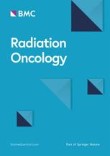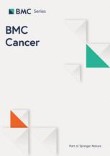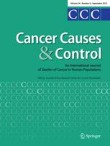
Abstract
Background
Whole-brain radiotherapy is a primary treatment for brain tumors and brain metastasis, but it also induces long-term undesired effects. Since cognitive impairment can occur, research on the etiology of secondary effects has focused on the hippocampus. Often overlooked, the hypothalamus controls critical homeostatic functions, some of which are also susceptible after whole-brain radiotherapy. Therefore, using whole-brain irradiation (WBI) in a rat model, we measured neurotransmitters and receptors in the hypothalamus. The prefrontal cortex and brainstem were also analyzed since they are highly connected to the hypothalamus and its regulatory processes.
Methods
Male Wistar rats were exposed to WBI with 11 Gy (Biologically Effective Dose = 72 Gy). After 1 month, we evaluated changes in gamma-aminobutyric acid (GABA), glycine, taurine, aspartate, glutamate, and glutamine in the hypothalamus, prefrontal cortex, and brainstem according to an HPLC method. Ratios of Glutamate/GABA and Glutamine/Glutamate were calculated. Through Western Blott analysis, we measured the expression of GABAa and GABAb receptors, and NR1 and NR2A subunits of NMDA receptors. Changes were analyzed comparing results with sham controls using the non-parametric Mann–Whitney U test (p < 0.05).
Results
WBI with 11 Gy induced significantly lower levels of GABA, glycine, taurine, aspartate, and GABAa receptor in the hypothalamus. Also, in the hypothalamus, a higher Glutamate/GABA ratio was found after irradiation. In the prefrontal cortex, WBI induced significant increases of glutamine and glutamate, Glutamine/Glutamate ratio, and increased expression of both GABAa receptor and NMDA receptor NR1 subunit. The brainstem showed no statistically significant changes after irradiation.
Conclusion
Our findings confirm that WBI can affect rat brain regions differently and opens new avenues for study. After 1 month, WBI decreases inhibitory neurotransmitters and receptors in the hypothalamus and, conversely, increases excitatory neurotransmitters and receptors in the prefrontal cortex. Increments in Glutamate/GABA in the hypothalamus and Glutamine/Glutamate in the frontal cortex indicate a neurochemical imbalance. Found changes could be related to several reported radiotherapy secondary effects, suggesting new prospects for therapeutic targets.




